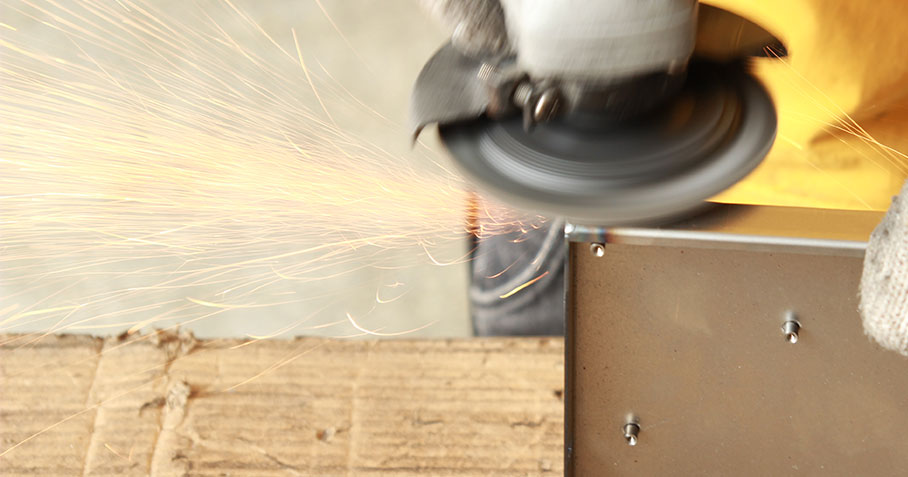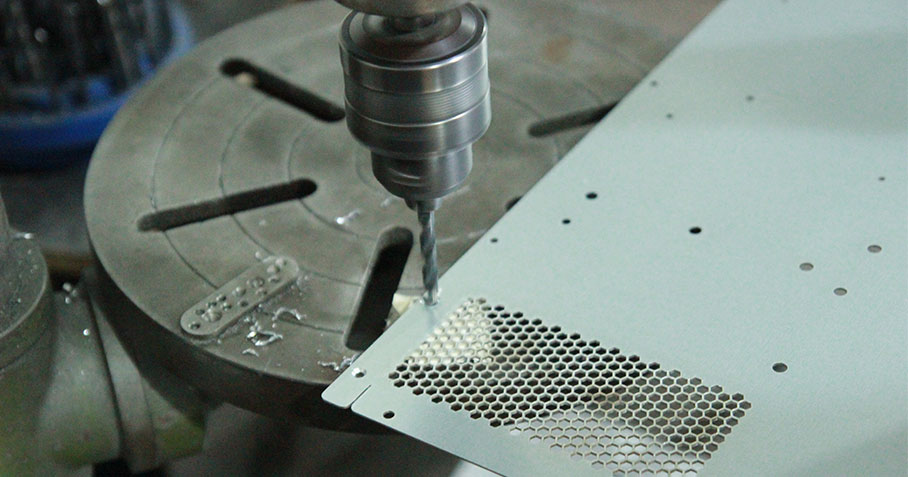Sheet metal pressings are widely used in sheet metal processing, forming metal materials into the required shape through stamping processes. Due to the features of high efficiency, precision, and low cost, sheet metal pressings are widely used in the automotive, aviation, electronics, and other industries. This article will detail the main forming processes of sheet metal pressings.
Blanking refers to the process of cutting materials into specific shapes using a stamping machine and die, including blanking, punching, notching, and slotting.
Blanking: Cutting out the outline shape of the workpiece.
Punching: Creating the required holes in the material.
Cutting and Shearing: Used for cutting materials or trimming edges.

Drawing is the process of pulling flat metal materials into hollow parts and is widely used for manufacturing containers, covers, and other complex parts. Depending on the complexity of the part's shape, the drawing process can be divided into:
Single Drawing: Directly forming the required simple hollow parts.
Multiple Drawings: For deeper or more complex parts, multiple drawing steps are required.
Thinning Drawing: Manufacturing parts with greater strength by reducing wall thickness.
The drawing process ensures that sheet metal pressings maintain lightweight while meeting structural strength requirements.
Bending is the process of bending flat metal materials at specific angles to manufacture frames, brackets, and other parts. Related processes include:
Beading: Adding bead lines at the bending part to enhance part strength and rigidity.
Flanging: Raising edges at holes or edges to increase structural stability.
Circular Rolling: Rolling the sheet into cylindrical or curved parts.
These processes can effectively improve the structural stability of sheet metal pressings and meet the demands of complex application scenarios.
When surface quality and precision requirements for sheet metal pressings are extremely high, precision stamping processes are usually adopted, including:
Fine Blanking: Ensuring that the cut surface is smooth and flat, commonly used for parts requiring high precision fitting.
Full Bright Blanking: Obtaining a bright band cut surface during the blanking process.
Deep Hole Blanking: Used for processing parts with hole diameters smaller than the material thickness.

In mass production, to improve efficiency, sheet metal pressings usually adopt the following processes:
Multi-Position Stamping: Completing multiple processes sequentially with a set of stamping dies.
Compound Stamping: Completing multiple different processes simultaneously in one stamping step.
Continuous Die Stamping: Using an automatic feeding device to continuously move the material between different positions to complete stamping.
The forming processes for sheet metal pressings are diverse and flexible, ensuring not only product precision and quality but also meeting the needs of different application scenarios. From blanking and drawing to precision stamping and compound stamping processes, each one contributes to the development of the sheet metal pressings industry. With the further application of automation and intelligence, the production efficiency and quality of sheet metal pressings will continue to improve.